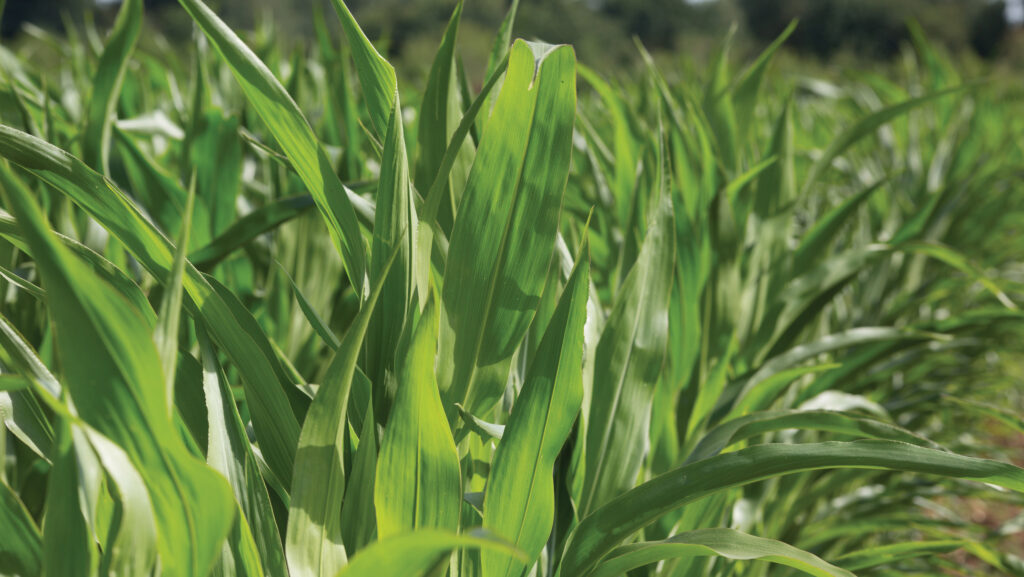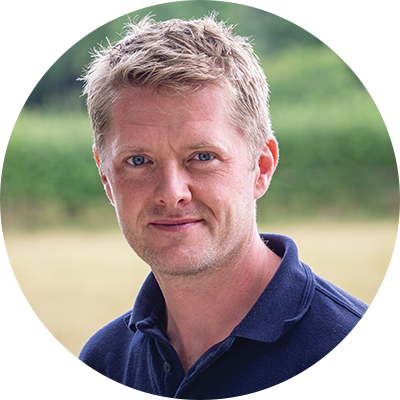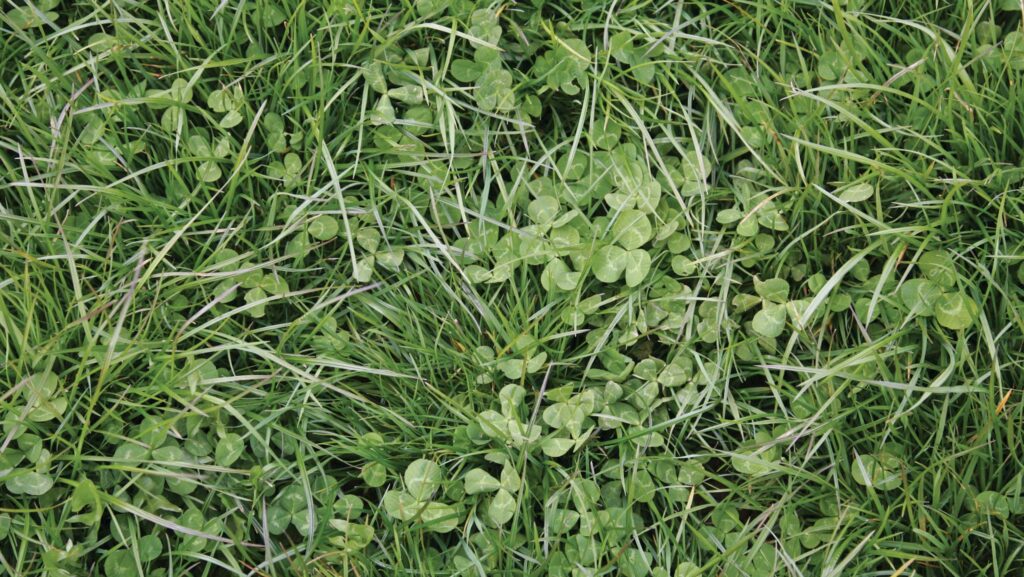Ways to build resilience into high-yielding dairy herds
 © Tim Scrivener
© Tim Scrivener Sustainable dairy farming is not just about reducing emissions – it is about creating a balanced, resilient system that supports the farm, the animals and the environment for future generations.
Our role as vets has primarily been focused on improving farm sustainability through better animal health and welfare, leading to increased feed efficiency and production.
It is crucial that these remain our primary focus, but by taking a more holistic overview of our clients’ farms, we can help tailor advice to each farm to improve their sustainability in line with their goals for themselves, their businesses and their families.
See also: How one Devon farmer is succeeding with strip-till maize
John Walsh, Friars Moor Livestock Health

John is a vet and director at Friars Moor veterinary practice and also helps to run the family dairy farm near Sherborne.
John is particularly interested in dairy fertility, lameness and youngstock health. Over the past few years, he has developed an interest in regenerative agriculture.
I am both a vet and a dairy farmer – we have a fully housed herd of 280 Holsteins, calving year-round and producing 12,000 litres a cow a year – so have experience from both sides of the fence.
We have set ourselves a series of sustainability and business goals.
We want to leave the land in better shape for future generations by improving soil health, biodiversity, reducing our environmental impact and, at the same time, remaining profitable and productive with healthy, happy animals so we can support both our own families and the families of the people we employ.
Route to improvement
To help achieve these goals, we joined the Sustainable Farming Incentive (SFI) as a pilot farm.
Despite a few initial challenges, this has helped to provide some framework and funding to improve the farm’s sustainability in terms of land and soil management.
My interest in regenerative farming started after reading Dirt to soil by Gabe Brown.
This book changed the way I saw things in agriculture and inspired me to read more and research farming techniques and methods that we could apply on the farm to improve soil health and sustainability.
I always try to relate what we are planning on the farm to the main regen principles:
- Minimise soil disturbance, reducing tillage to avoid breaking up soil structure
- Keep the soil covered to protect the soil from rain and heat, prevent erosion, and help suppress weed growth
- Maintain living roots in the soil to introduce and feed soil biology and prevent soil erosion
- Maximise plant diversity to help prevent disease, reduce pest pressure, improve the diversity of the soil biology, and improve nutrient cycling
- Reintroduce livestock to improve nutrient cycling, improve biology and help reduce the need for pesticides.
We grow three main crops on the farm – grass, wheat and maize – and all go to feed the dairy herd.
We have used the SFI scheme as a framework to help us think about ways we can integrate regenerative principles into how we grow these crops.

© Tim Scrivener
Practical steps
Strip tillage
To reduce soil disturbance, we have experimented with growing maize using strip tillage.
By using this, only a 20cm strip of soil is disturbed, where the maize seed is then drilled.
The undisturbed soil acts as a reservoir for mycorrhizal fungi and soil biology that can then recolonise the disturbed strips.
Clover
To maximise plant diversity, we have stitched clovers into ryegrass leys to try to reduce the need for artificial fertilisers and improve the diversity of the sward.
Cover crops
To keep the soil covered with living roots, we grow winter wheat after maize.
We have also introduced mixed-species cover crops after the wheat, which we graze with youngstock in the spring.
As well as providing additional feed for the animals, this helps nutrient cycling in the soil.
Hedges and margins
By cutting hedges every other year, we are encouraging flowering for bees and insects.
We were also able to take out some margins for wildflowers and now see many more butterflies and insect life as a result.
We will continue to experiment each year.
We are planning to grow some type of protein feed for the cows to improve the diversity of the rotation and increase the amount of home-grown feed we can use.
One option is peas and beans, which would also reduce the amount of artificial fertiliser we need for any following crops.
